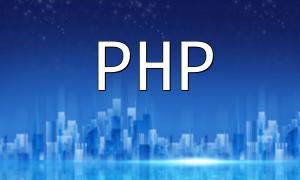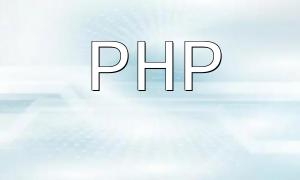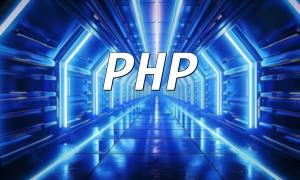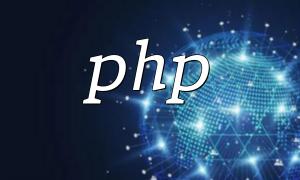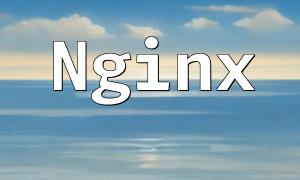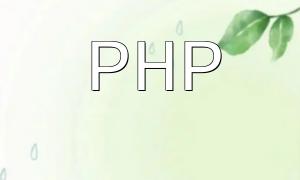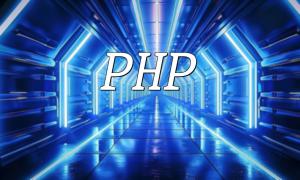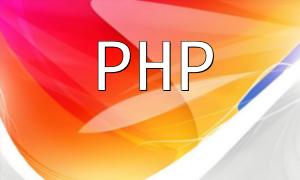As frontend technologies evolve rapidly, an increasing number of PHP backend developers are learning and transitioning to frontend development. PHP, being a powerful backend programming language, can also play a crucial role in frontend development. This article systematically explains how PHP backend developers can make the transition to frontend, covering basic knowledge, frontend frameworks, dynamic content generation, and frontend-backend separation.
For PHP backend developers, the first step is to master the basics of HTML, CSS, and JavaScript. These three core technologies form the foundation of frontend development: HTML is responsible for the structure of web pages, CSS handles the styling, and JavaScript is used for interactivity. Mastering these basics is essential to becoming a proficient frontend developer.
<!DOCTYPE html>
<html>
<head>
<title>Frontend Page</title>
<link rel="stylesheet" type="text/css" href="style.css">
</head>
<body>
<h1>This is a Frontend Page</h1>
<p>Welcome to Frontend Learning!</p>
Start Learning
</body>
</html>
As a PHP backend developer, you can use PHP to dynamically generate frontend content. For example, PHP can dynamically generate web page titles, text, links, and more, enabling frontend-backend data interaction. This approach makes frontend pages more flexible and allows for the inclusion of dynamic content.
<?php
$title = "Dynamically Generated Title";
$content = "Welcome to Our Website!";
echo "<h1>{$title}</h1>";
echo "<p>{$content}</p>";
?>
During the transition to frontend, learning frontend frameworks and libraries is essential. Frameworks like Angular, React, and Vue, along with libraries like jQuery and Bootstrap, will help you develop more efficiently and build more interactive web applications. Understanding the basics of these tools will significantly improve your frontend development skills.
// Using jQuery to change text content when a button is clicked
$(document).ready(function(){
$("button").click(function(){
$("p").text("The text content has changed!");
});
});
As frontend technologies mature, frontend-backend separation has become the mainstream development model. In a separated architecture, the frontend communicates with the backend via API calls. This not only improves development efficiency but also makes frontend and backend development more independent and flexible. Before implementing frontend-backend separation, ensure that you have a solid understanding of both frontend and backend fundamentals.
// Using Ajax to send data requests to the backend
$.ajax({
url: "api/get_data.php",
type: "GET",
success: function(data){
console.log(data);
},
error: function(){
console.log("Request failed!");
}
});
Transitioning from PHP backend to frontend development is not an overnight process. It requires continuous learning and practice. By mastering the basics of HTML, CSS, and JavaScript, using PHP to generate dynamic frontend content, learning frontend frameworks, and implementing frontend-backend separation, PHP backend developers can successfully make the transition and become excellent frontend developers. The specific code examples provided in this article are designed to help developers make this shift smoothly.
